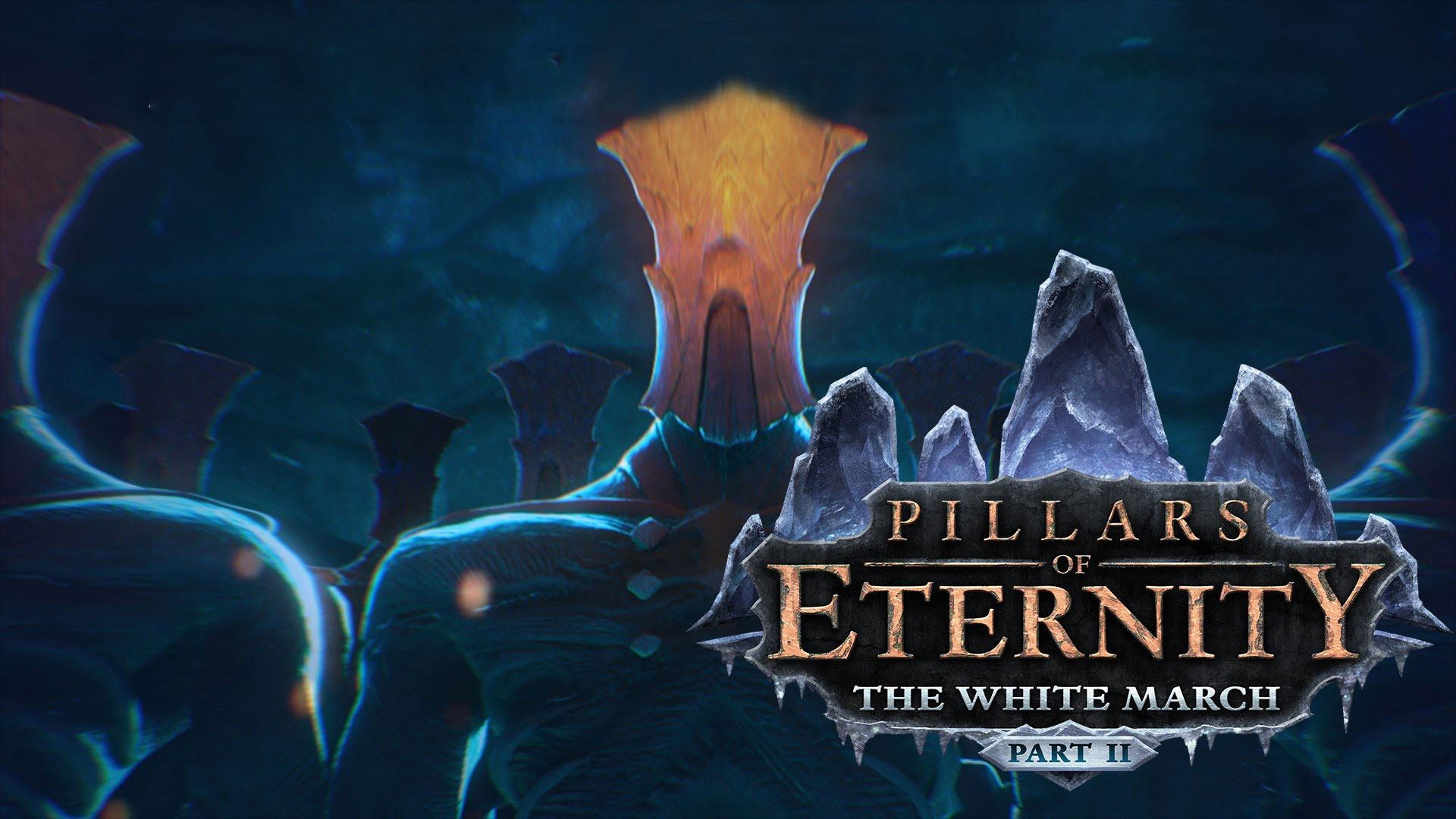

The Eyeless represent a significant challenge, but the manner of their difficulty also suggests that Pillars of Eternity’s combat system is pretty much at its limit. Or scattering from the onslaught of the intimidating Eyeless towering, slender golems with pounding hammers for hands. Instead, you’ll have to deal with situations like being pined down by Xaurip archers and magicians on higher group, while trolls block your path (they’ve clearly been learning from Eder). There are fewer opportunities to just lock down an entrance with Eder, and fewer haphazard roaming groups of monsters (creature placement seems more considered, and in harmony with location or story). The entire second part of the expansion benefits from more crafted combat encounters, where terrain and enemy selections will force players to at least adjust their regular tactics a little. The two map quest is a mixture of the cosily familiar (a mine level in a fantasy RPG!) and things more otherworldly (the second map, which I won’t spoil), and it works as a neat microcosm for the game’s overall ethos of combining nostalgia-tinged homage with the unique. Inside the mines (for, as mentioned, they are now working), strange incidents concerning the workforce have escalated to a grisly murder. That latter mission is quite substantial in length (and merits its own map with distinct landscape), but perhaps the most in-depth auxiliary quest in this concluding segment is one I’d almost missed until making a second sweep of Stalwart village. There’s plenty of interesting world-building going on here too, surrounding both Ondra’s followers and her own divine activities. The climatic choice in the area does feel a bit too binary (and, disappointingly, doesn’t draw much comment from Maneha suggesting she’s not hugely devoted to her religion), but overall the Fallen Moon map(s) represent the best of The White March’s intentions toward player choice.

I was even able to plan out my escape route in advance and use it to avoid any meaningful conflict when matters went sideways. This goes beyond a binary “kill everybody / don’t kill everybody” choice, providing a couple of non-violent ways to achieve your goals (one of which is playing along with some Ondran rituals), and quite a few entrances and passageways for the more stealth-inclined to exploit. Her personal quest is a touch on the familiar side ( Pillars isn’t short of amiable companions with darker secrets, and the resolution re-treads philosophical territory the game has done better), but the Abbey itself is a typically fine-looking map with some admirable variety in how it can be tackled. Maneha’s own troubles eventually intersect with the narrative progression of The White March Part 2, and lead the party to the Ondra-centric Abbey of the Fallen Moon.


 0 kommentar(er)
0 kommentar(er)
